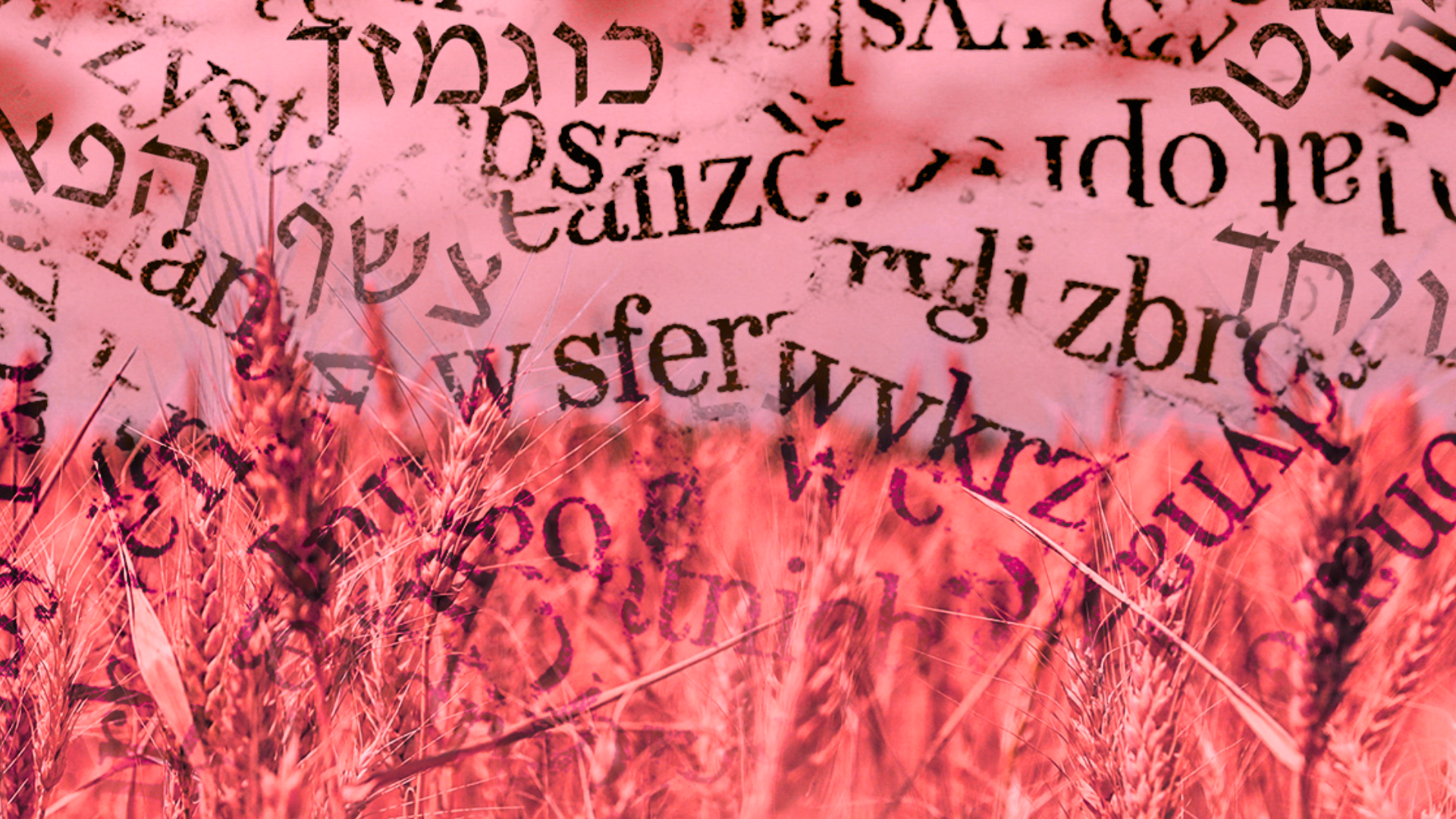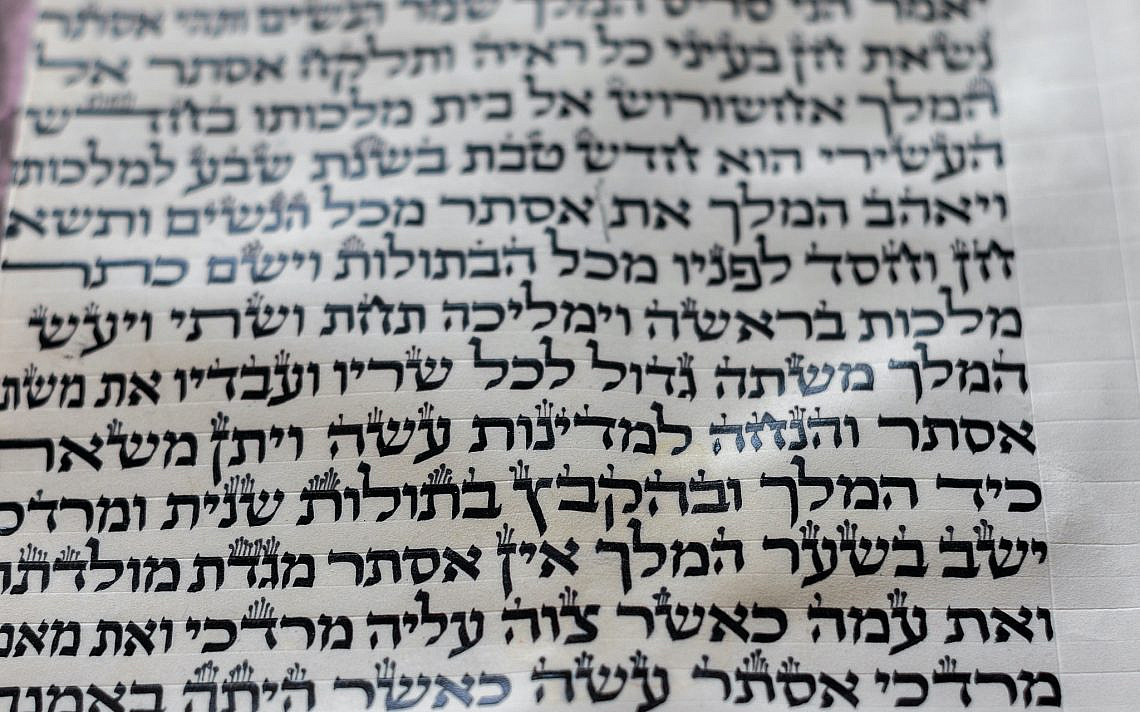

Originally posted on the Times of Israel blogs
A man walked into a synagogue on the eve of Yom Kippur, and realized he had a $100 bill in his pocket. Not wanting to carry the money on Yom Kippur, he quickly wrote down the verse, “Thou shalt not steal” on a piece of paper and put the note and money in a cubby of the coat room. When Yom Kippur ended, he returned to the cubby and saw, to his shock, that the $100 bill was gone. In its place, he found another note, this one accompanying a $50 bill — on that note was written, “Love Thy Neighbor as Thyself.”
Like the synagogue cubby, the megillah, or scroll, of Esther is filled with surprising exchanges of written notes and letters. In the opening chapters, the king sends letters across the kingdom to punish Vashti and subsequently all Jews, for not obeying his laws. Later, Mordechai’s life is spared because his act of saving the king was written in the king’s sefer ha-zichronot, book of records. And, as the narrative concludes, Esther and Mordechai send three different letters that save their people and establish Purim as a Jewish holiday. As we read it out loud, the megillah even refers to itself as an iggeret, letter (Esther 9:26). What is the reason for placing so much emphasis on writing in the Book of Esther?
In the Babylonian Talmud (Bava Batra 15a), the Rabbis ascribe the writing of Megillat Esther to the Anshei Knesset Hag’dola, the Men of the Great Assembly. The Great Assembly led the Jewish people at the beginning of the Second Temple Era, a time that saw the last of the three Jewish oral prophets: Haggai, Zechariah and Malachi. The Great Assembly is credited with instituting prayers such as the Amidah, as well as to have canonized the 24 books of Tanakh — both activities that involve written text.
It is fitting, then, that one of the protagonists in the Book of Esther is the written text, as it were. The written word saves Mordechai from Haman’s ploys, saves the Jews from their extinction, and immortalizes a festive Jewish holiday for all time. The megillah demonstrates the power of the written word to support and sustain the Jewish people.
The other protagonists of the megillah are Mordechai and Esther, whose heroism culminates in the act of writing letters that authorize the Jewish people to defend themselves. As Erica Brown states in “Esther – Power, Fate and Fragility in Exile,” “Writing in the scroll is an act of agency, expressing the need and desire to be in control of history” (432).
Esther, particularly, transforms throughout the narrative from a passive character who is “taken” to the king’s house and strictly obeys the advice of Mordechai and the laws of the king, to a character who bravely enters the king’s chambers without permission, dictates how the Jewish people of Shushan should support her, and foils Haman’s evil plot (Esther 2:8). At the height of her leadership, after she co-authors with Mordechai the letter that saves her people, she then writes her own letter “with full authority” to confirm and establish the national holiday of Purim (Esther 9:29). The megillah describes this letter as containing “words of truth and peace” (Esther 9:30).
Through writing, Esther boldly takes ownership of her story, the story of her people, and the story of Purim that the Jewish people will tell for generations to come. Through her ability to write — in becoming an author — she literally wins authority.
Like the Jews of ancient Persia, we live in a time of uncertainty, where forces beyond our control often clamor to become the writers of our story. In times like these, it is easy to lose resolve. Megillat Esther, however, reminds us that there is always a part of our story that we can author. This Purim, may Esther, Mordechai, and the written text of the megillah inspire us to stand up for our values and for each other, as we valiantly write the next great chapter of our story.
You care about Israel, peoplehood, and vibrant, ethical Jewish communities. We do too.
Join our email list for more Hartman ideas